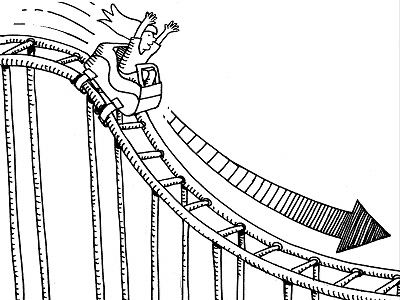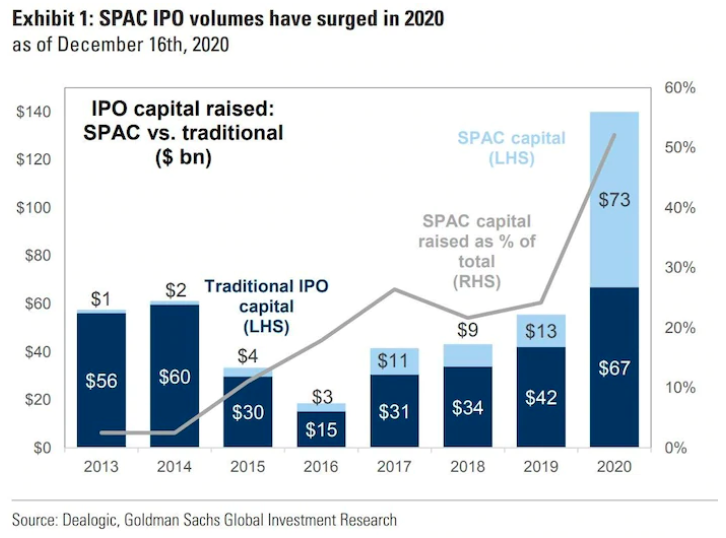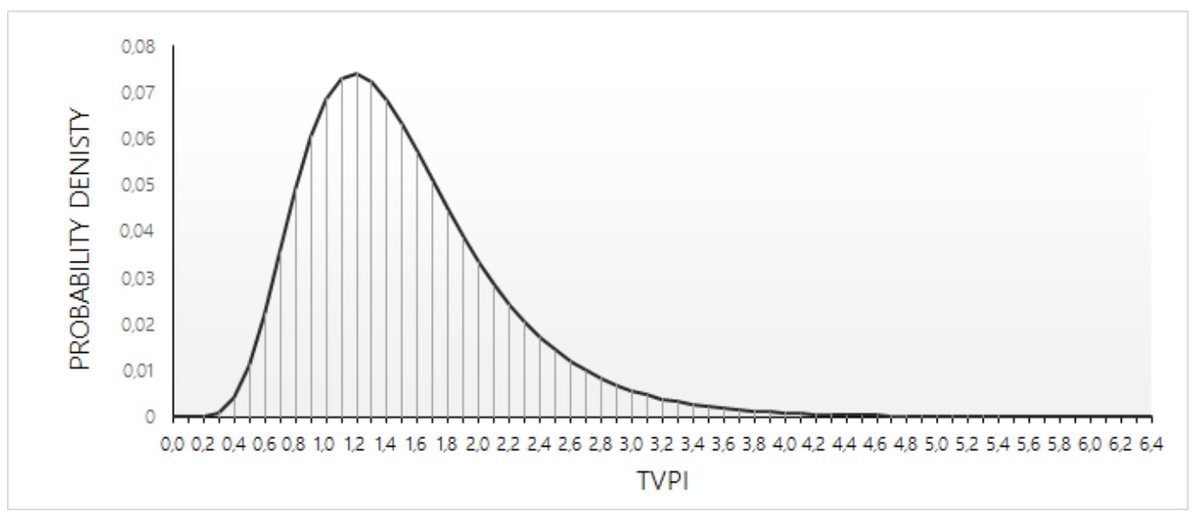
1/23: It’s widely believed that “grit” is one of the most important characteristics of highly successful people. I have an emerging (and controversial view) that the YOLO investing behavior that we’re seeing is directly attributable to a societal reduction in grit. Unpacked: 

2/23: Before shouting down the concept, I encourage you to follow my narrative all the way to the end. I’m not trying to criticize well-intentioned and hard-working people. I’m trying to put a framework around a very counter-intuitive behavior that’s recently emerged.
3/23: What is YOLO investing behavior? For those who haven’t been following it, YOLO stands for “You Only Live Once” and it’s being used as a loose justification for pouring a more than comfortable amount of one’s personal net worth into a highly speculative investment.
4/23: There are a class of YOLO investments that the community has glommed onto. Bitcoin, Tesla, Gamestop, AMC, Cannabis, etc. On the message boards you hear statements like “Take a YOLO bet – ruin a Billionaire’s life” and “To the moon”.
5/23: But why are more and more people investing in highly speculative investments with their hard-earned savings? It violates all semblance of normal financial advice and will likely end poorly for a lot of people.
6/23: Some people attribute it to boredom and the lockdowns. Some attribute it to group think and FOMO. Some people blame the stimulus checks and Robinhood. All are probably contributing to the situation but I think “reduction in grit” is the foundational issue.
7/23: To explain “reduction in grit”, I want to lay down the framework for what I think “grit” is. There are dictionary definitions that fall flat (i.e. – Courage, Conscientiousness, Perseverance, Resilience, and Passion). I’ll pose a much cleaner definition.
8/23: What is my definition of grit? It consists of two major components.
Vision: A vision of a future state that one desperately wants to become real
Control: An unwavering belief that one can take actions that will result in the vision materializing
Vision + Control = Grit
Vision: A vision of a future state that one desperately wants to become real
Control: An unwavering belief that one can take actions that will result in the vision materializing
Vision + Control = Grit
9/23: This description of “grit” boils a complex trait into a simple form. For instance, world class athletes have grit because they want to win championships (Vision) and believe that practice plus diet plus exercise will affect the outcome (Control).
10/23: It also applies to Entrepreneurs. They see a better way of delivering a product/solution to a market (Vision) and believe that they can assemble the necessary resources and operationalize their solution to fill the market gap (Control).
11/23: But it also explains why so many talented people dismiss the idea of going into politics. It’s not that these people wouldn’t be able to map out compelling solutions to our societal problems (Vision). It’s that they don’t believe they can affect the outcome (Control).
12/23: So what happens when an entire society starts losing “grit”? Bad things. We’re not living in the 1960s where there was a belief that as a country we could accomplish anything we wanted to and therefore had the “societal grit” to start and finish big projects.
13/23: We’re living in a time where people don’t believe that they can affect the inputs enough to kink the curve on outcomes. As a society we can’t agree on a vision for the future nor do we believe that our elected officials are working in concert to make our lives better.
14/23: It’s much easier for people to project where the current trends are heading than to imagine a world in which we put our country/world on a better trajectory. Climate? Wealth inequality? Working wages? Human rights? Ability to retire comfortably? Healthcare?
15/23: Without Vision and Control, our society is in a “reduction in grit” cycle. Which leads me back to the original premise that YOLO investing behaviors are directly correlated with this trend.
16/23: The environment: A large segment of society feels that no matter how hard they work or how prudently they invest that retirement is going to be impossible. Causes? Student debt. Housing costs. Healthcare costs. And the boogieman of our government printing money.
17/23: So how irrational is it for this segment to roll the dice on high risk/high return investments? How irrational is it if they have the social proof that other people just like them are doing it? How irrational is it when it’s working?
18/23: The alternative is to find places where individuals can rebuild and focus their “innate grit”. Making more capital available to aspiring Entrepreneurs is a solution for some. Fixing our biggest societal structural issues is important for rebuilding grit in the masses.
19/23: But the concept of YOLO investing is understandable in a world where there’s a belief that tried and true investment advice (allocation across cash, bonds, indexed funds, stocks and real estate) doesn’t result in one’s ability to create financial stability in the future.
20/23: But I fear that many of these investors are going to parlay their recent YOLO successes into YOLO failure. Not all YOLO investments are going to play out in the same way that Bitcoin or Tesla has or that short squeezes are shaping up to become.
21/23: And from there, the downward cycle of “grit reduction” will accelerate because even the promise of YOLO investing will be a fantasy (at least the dollars will have gone poof).
22/23: I don’t pretend to have answers but I would truly like to see the grit cycle pull a 180 and return our country to the days when we felt like anything was possible with hard work and focus. It would be great to believe that nothing but good times were ahead.
23/23: But until then, I fully expect YOLO investing to continue. The crowd will celebrate the high risk/high return success stories and mega-stars in the investment community will emerge. And collateral damage will be brushed under the rug and justified as “part of the game.”
• • •
Missing some Tweet in this thread? You can try to
force a refresh







